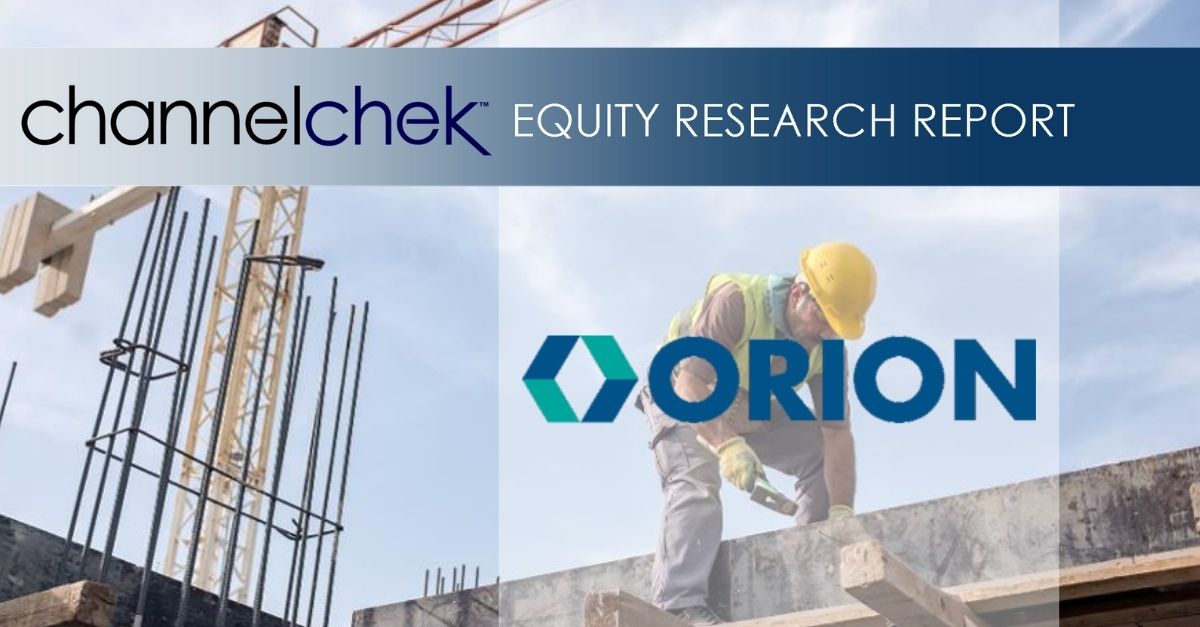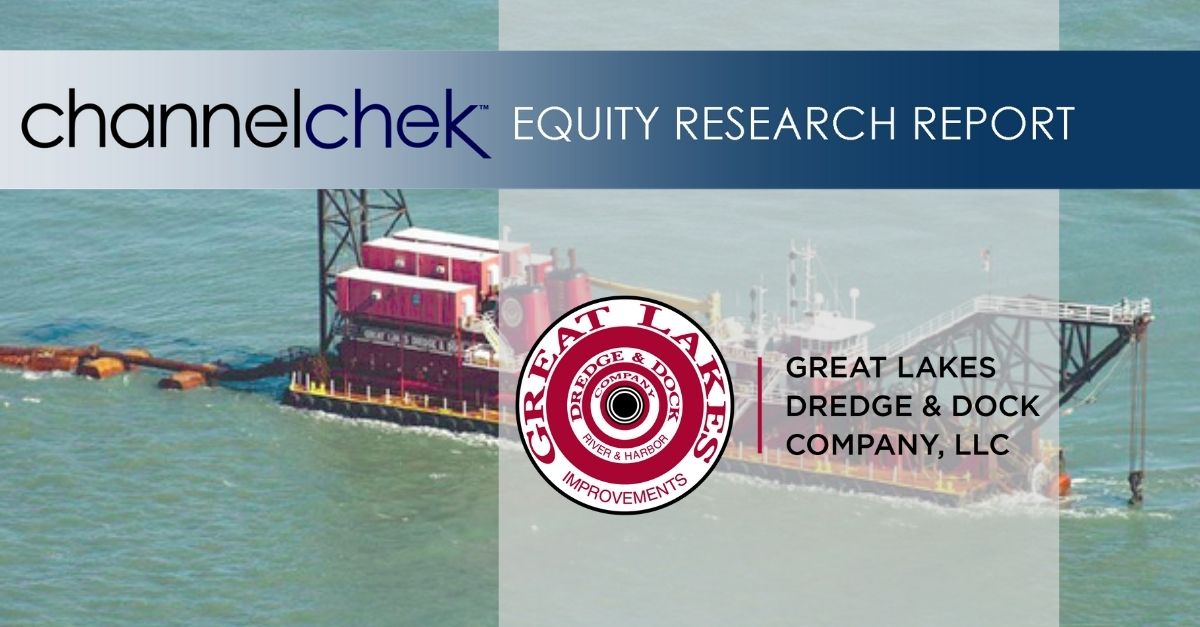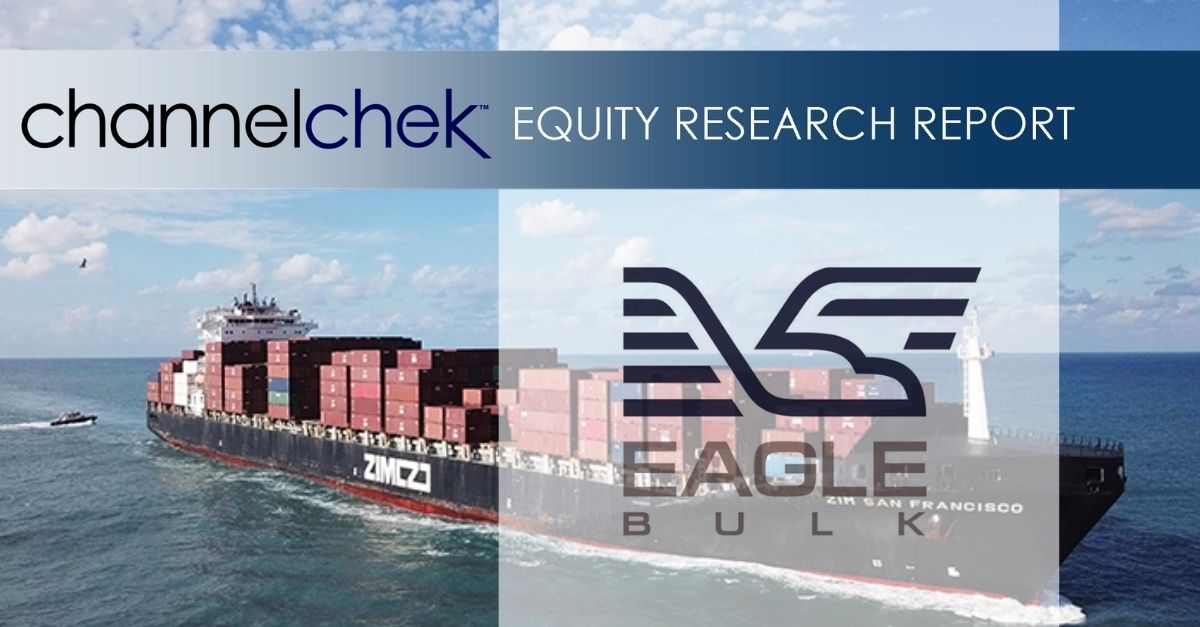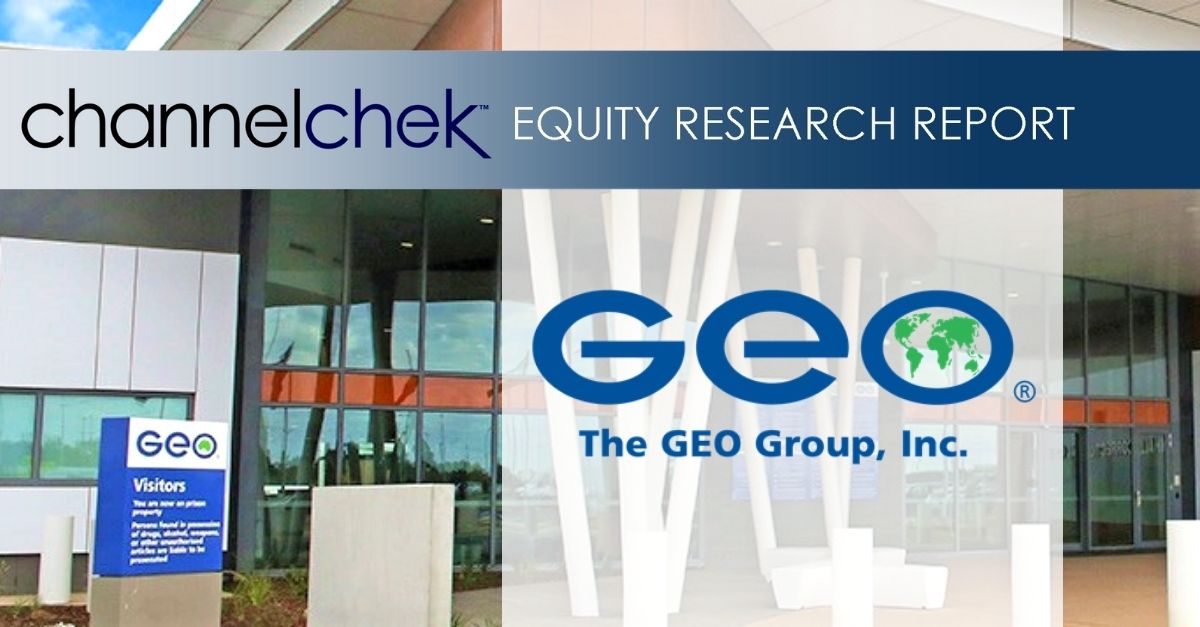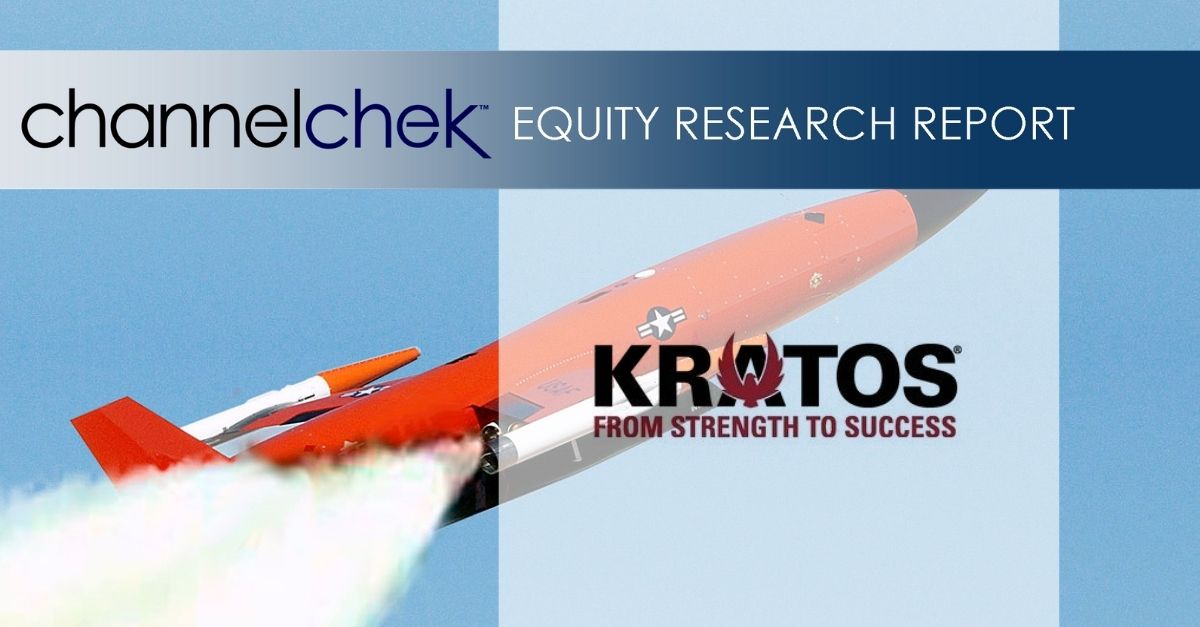
Wednesday, May 03, 2023
Joe Gomes, Managing Director, Equity Research Analyst, Generalist , Noble Capital Markets, Inc.
Joshua Zoepfel, Research Associate, Noble Capital Markets, Inc.
Refer to the full report for the price target, fundamental analysis, and rating.
A Proposed Sale. On April 26th, Orion entered into a contract to sell the East and West Jones properties for $35.978 million. The transaction is expected to close before the end of September 2023. The sale of these properties has been a long time coming but are a significant positive for Orion, in our opinion.
Use of Proceeds. Historically, management has stated any proceeds from property sales would be used to repay/pay down debt. At year-end, total debt outstanding stood at $35.7 million, suggesting the Company could pay down a significant portion of the outstanding debt, depending on the net after-tax proceeds from the sale.
Get the Full Report
Equity Research is available at no cost to Registered users of Channelchek. Not a Member? Click ‘Join’ to join the Channelchek Community. There is no cost to register, and we never collect credit card information.
This Company Sponsored Research is provided by Noble Capital Markets, Inc., a FINRA and S.E.C. registered broker-dealer (B/D).
*Analyst certification and important disclosures included in the full report. NOTE: investment decisions should not be based upon the content of this research summary. Proper due diligence is required before making any investment decision.
